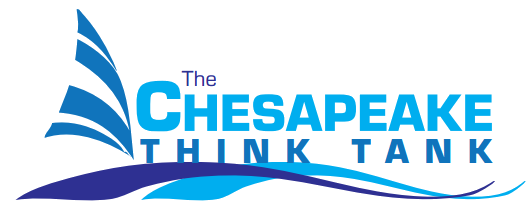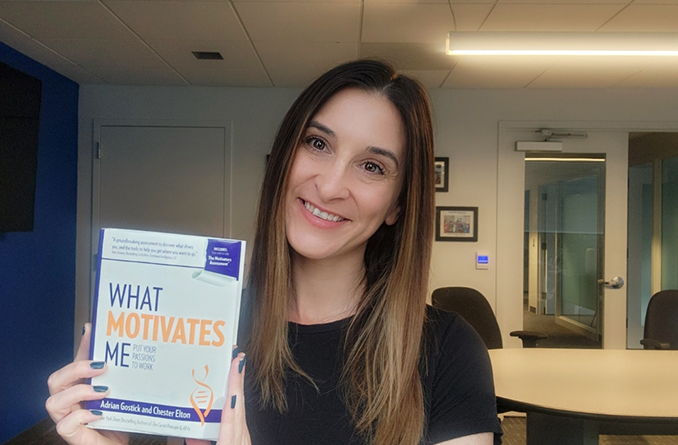

In a world where organizations strive to create positive workplace cultures and foster employee engagement, understanding what truly motivates each team member is paramount. Gone are the days of one-size-fits-all approaches to management. Instead, leaders are embracing personalized strategies to tap into the unique passions and motivations of their employees.
But how exactly does this individualized approach benefit the organization as a whole? We sat down with Jen Miller (Senior Project Coordinator with the Chesapeake Think Tank- CTT) whose insights shed light on the transformative power of understanding and leveraging individual motivations in the workplace.
Jen: “I think that people want to feel like they’re more than just a number within an organization. To have an understanding of what motivates each and every employee will allow the organization and then management as a whole to really individualize how they reward people, how they put different rules into place, and what have you.”
Drawing from the principles outlined in the book “What Motivates Me: Put Your Passions to Work” by Adrian Gostick and Chester Elton, Jen discussed a leadership approach known as job sculpting. This approach involves tailoring job roles to align with the unique motivations of employees, thereby maximizing their engagement and job satisfaction.
Jen: “I’ve utilized job sculpting multiple times, both for myself within CTT and for clients. It starts with gaining an understanding of what truly motivates your employees or yourself and shaping the job accordingly. One compelling example highlighted the impact of job sculpting on an employee’s engagement and fulfillment. He really enjoyed and felt engaged with hands-on opportunities within his role. The company was able to align with him around this and he now performs more hands-on work, gaining additional skills, taking on more responsibility and truly enjoying his position. A win-win situation.
But the benefits of understanding individual motivations extend beyond individual fulfillment. Jen emphasized the role of shared understanding in fostering a cohesive team dynamic.
Jen: “I think having a real understanding of what drives people makes them feel like they’re not just a number. We know how to reward them, what lights a fire under them, and what might make them want to stay in a company a little bit longer.”
So, how can organizations harness the principles from “What Motivates Me” to enhance employee engagement and retention? By adopting personalized approaches to reward and appreciation, organizations can ensure that each team member feels valued and understood.
Jen: “It’s important to know your people and how to celebrate them. Your motivation may change over time, so it’s essential to check in on your motivations every now and again.”
In conclusion, understanding and leveraging individual motivations can transform not only individual job satisfaction but also team dynamics and organizational culture. By embracing personalized approaches to leadership and recognition, organizations can unlock the full potential of their team members and cultivate a workplace where everyone thrives.
Copyright 2023 | Chesapeake Think Tank